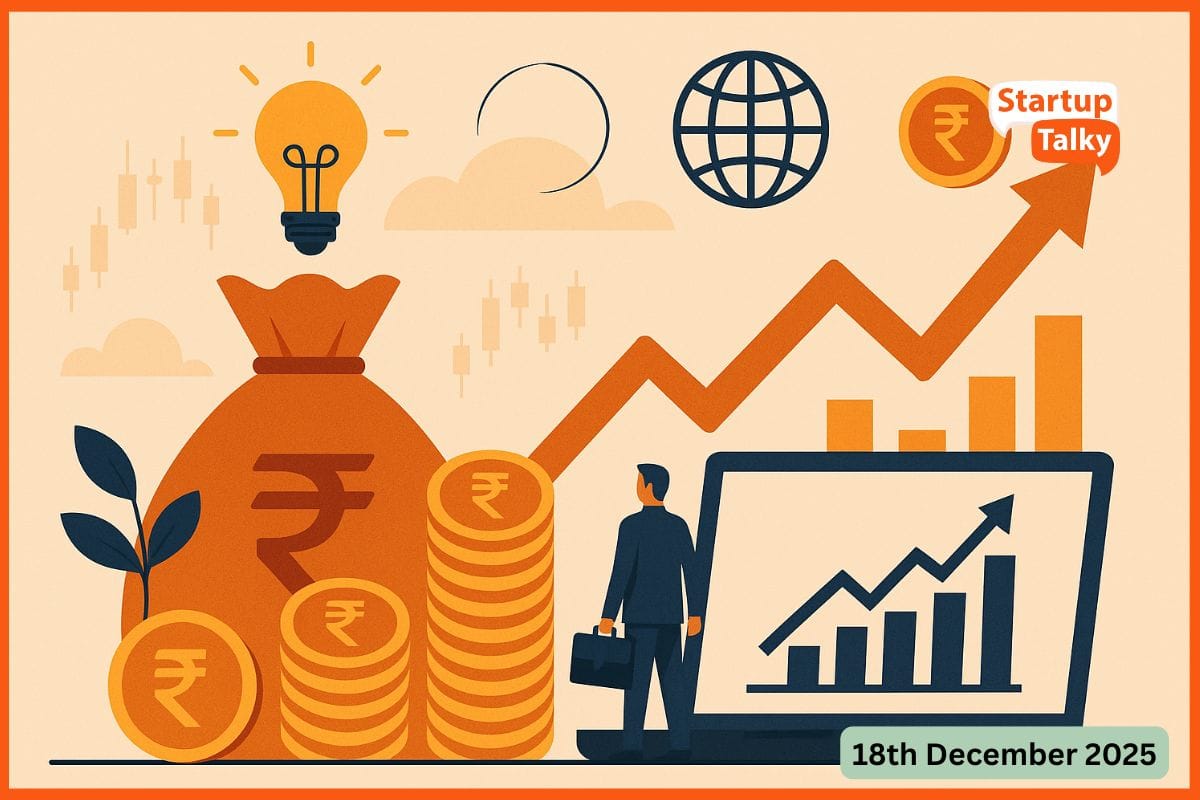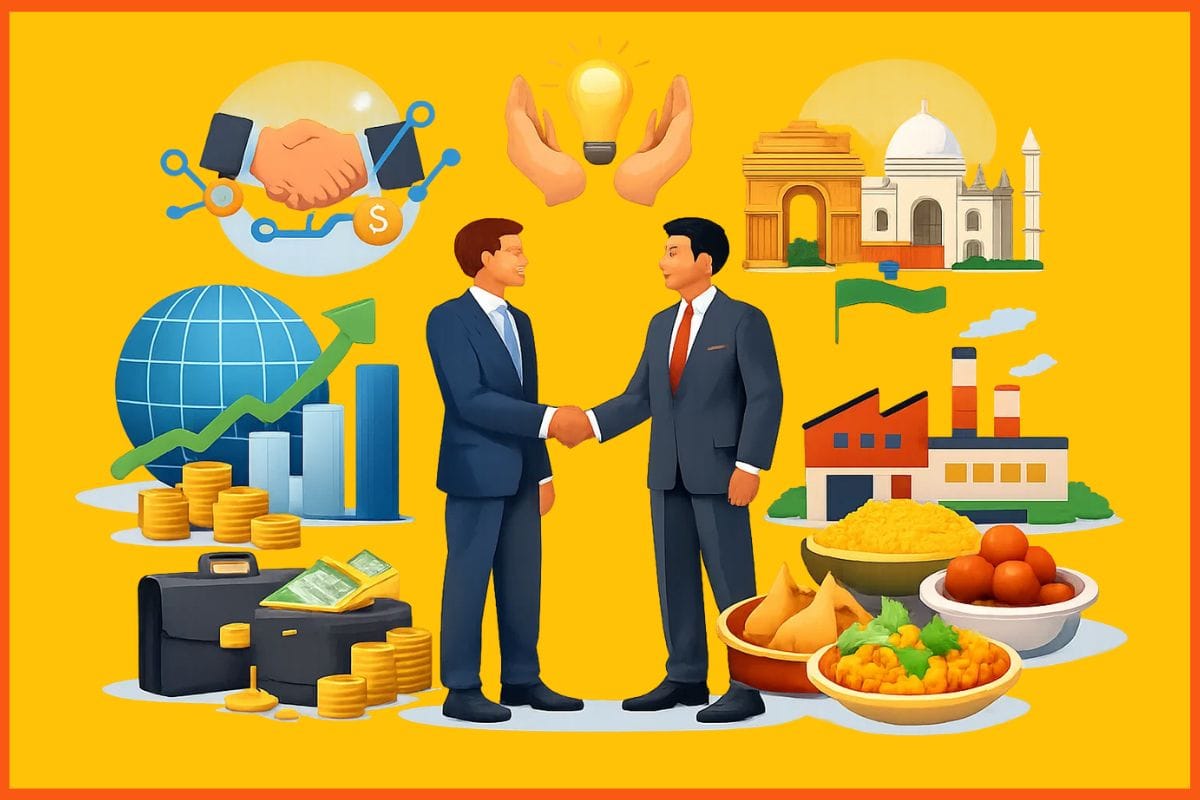How to Price Your SaaS Product?
💻 SaaS
For many new products, price is a decision made shortly before launch. But pricing a software-as-a-service (SaaS) product presents unique challenges for product and marketing teams. Unlike traditional software, customers licensing SaaS products pay for your product on a recurring basis. This gives you more options for pricing models. The problem is, you have no idea how to price your SaaS Product. You are probably asking yourself:
- “Should I be charging less than my competitor, or more?”
- “Should I gate off specific features, or charge by a metric like number of users — or maybe both?”
And the list of questions goes on…

This article aims to help you find answers to all your pricing questions. “You must know your customers to know your pricing”. Gathering customer data helps you understand the general makeup of your customers and quantify the value people derive from your product, so you can drive your pricing strategy accordingly. Surveys are a very effective and relatively fast way to obtain information, but you need to be smart and intentional about the questions you ask.
Standard survey templates include demographic data points such as age, gender, location, etc., but behavioral insights are more useful for pricing purposes. One of the most important things to consider when it comes to pricing strategy is what your different customers actually care about when they use your product. By realizing who wants what, you can understand which features all customers should have, and which features can be gated by tiers.
Also read: New year Party Ideas for Office | Amazing Party Ideas
Must read: How to Track Customer Acquisition in SaaS?
Pricing Models for SaaS Products

- FLAT RATE PRICING: Flat rate pricing is probably the simplest way to sell a SaaS solution: you offer a single product, a single set of features, and a single price. This method is still used by eCommerce SaaS CartHook. A single monthly price of $300 (or $2,400 billed annually) grants access to all features of the company's product.
- SAAS USAGE BASED PRICING: Also known as the Pay As You Go model, this type of pricing strategy directly relates the cost of a SaaS product to its usage: if you use more of the service, your bill goes up; use less, and your spend decreases. Usage based pricing works particularly well for recurring billing platforms like Chargify.
- SAAS TIERED PRICING MODEL: Tiered pricing allows companies to offer multiple "packages", with different combinations of features offered at different price points. SaaS content marketing company HubSpot employ tiered pricing to great effect: each tier is designed around the needs (and budget) of a different type of potential customer, ranging from Basic to Pro to Enterprise.
- PER USER PRICING: A single user pays a fixed monthly price; add another user, and that price doubles; add a third user and, you guessed it, the monthly cost triples. Example of such pricing is road mapping SaaS ProductPlan. The only variable in their business plan is the number of users added to the account, and the per-use price is the same, whether you're a single user or a team of 100.
- FREEMIUM BUSINESS MODEL: Thanks to high-profile success stories like Slack, Evernote and Dropbox, many SaaS companies use freemium pricing: offering a free-to-use product, supplemented by additional paid packages. Live chat SaaS, Drift use freemium pricing to great effect. Their "Free" package allows small companies to talk to their first 100 contacts for free: when demand for the service increases beyond that point (most likely correlating with company and revenue growth), it becomes necessary to upgrade to their paid packages.
Also read: List of Pune Startups | Entrepreneurs & Startups in Pune
Relevant read: Challenges Faced by SaaS startups
SaaS PRICING STRATEGIES
Your pricing model is at the heart of your SaaS business: it's the foundation that allows you to build out repeatable sales processes and generate recurring revenue. But, within the framework of your pricing model, there are all-manner of different goals you'll need to hit on the way to your over-arching objective of "growth".
That's where SaaS pricing strategies come into play. Each of these strategies is suited to a different objective: whether that's rapidly expanding into a new market, or attracting particularly high-value customers.
Here are a few additional areas to consider when pricing SaaS products:
- Your sales model influences your pricing.
- Create upsell opportunities within your pricing model.
- Use caution when offering annual pre-purchase discounts.
- Build discounting options in enterprise licensing.
- Consider free trials.
- Service is key.
- The demand curve is not linear.
Also, a lot of companies offer a “free tier” which has limited features. The idea is that people will start using the product, get value out of the free tier but see a lot more value if they were to start paying and eventually upgrade. In theory this sounds great and for some companies it is. The problem with the free tier is that you may start running into problems such as the high cost of providing support to the free customers, the free tier bringing in the wrong type of customer, and requiring you to spend resources to try and convert the cheapest customers to actually pay you. Early-stage startups feel this pain the greatest since they can only afford spending resources on critical operations. Look at your buyer personas and product — sometimes the freemium model works well and sometimes it does not.
Also read: 8 Ways to Toggle SaaS Customer Retention
Must read: How to validate your SaaS idea before building an MVP?
SaaS Pricing Strategy: The 10x Rule
Applying the 10X rule to SaaS product pricing is simple. Just make sure that the value your solution delivers is at least 10x what you charge for it. If you can save a company $100,000 per month, you should probably initially think about charging them $10,000 per month. If you can save a company $10,000 per month, you should probably be charging them $1,000 per month.

Now, let’s see some companies with their pricing models.
- Upscope Co-browsing doubled revenue by doing per seat pricing only after making lots of mistakes.
- Drift made a free plan so they only charge those really using it.
- Hubstaff found their free plan ended up costing them money
- TribeHR took a data driven approach to pricing their product
- Aircall figured out pricing by calling their customers and talking
- Creately made a ‘Pay whatever you want plan’
Conclusion
Pricing your product is an ongoing process. You will never be done with your pricing strategy. As you get more data and feedback from your customers you will change your personas to be more accurate and change your pricing strategy to better target those people.
Comment your views on the article and also let me know what is your pricing strategy in the comment section below.
Must have tools for startups - Recommended by StartupTalky
- Convert Visitors into Leads- SeizeLead
- Website Builder SquareSpace
- Manage your business Smoothly Google Business Suite





